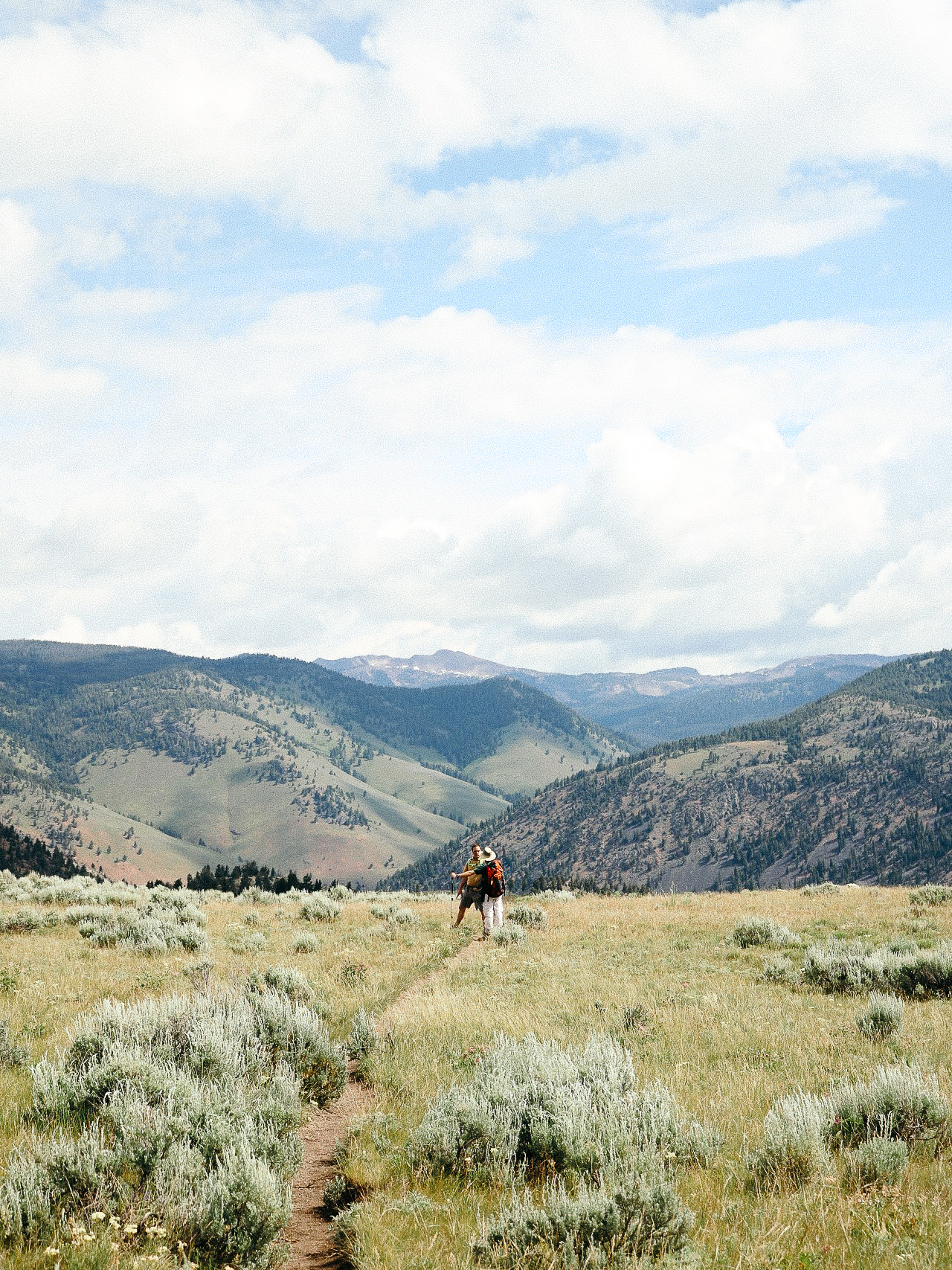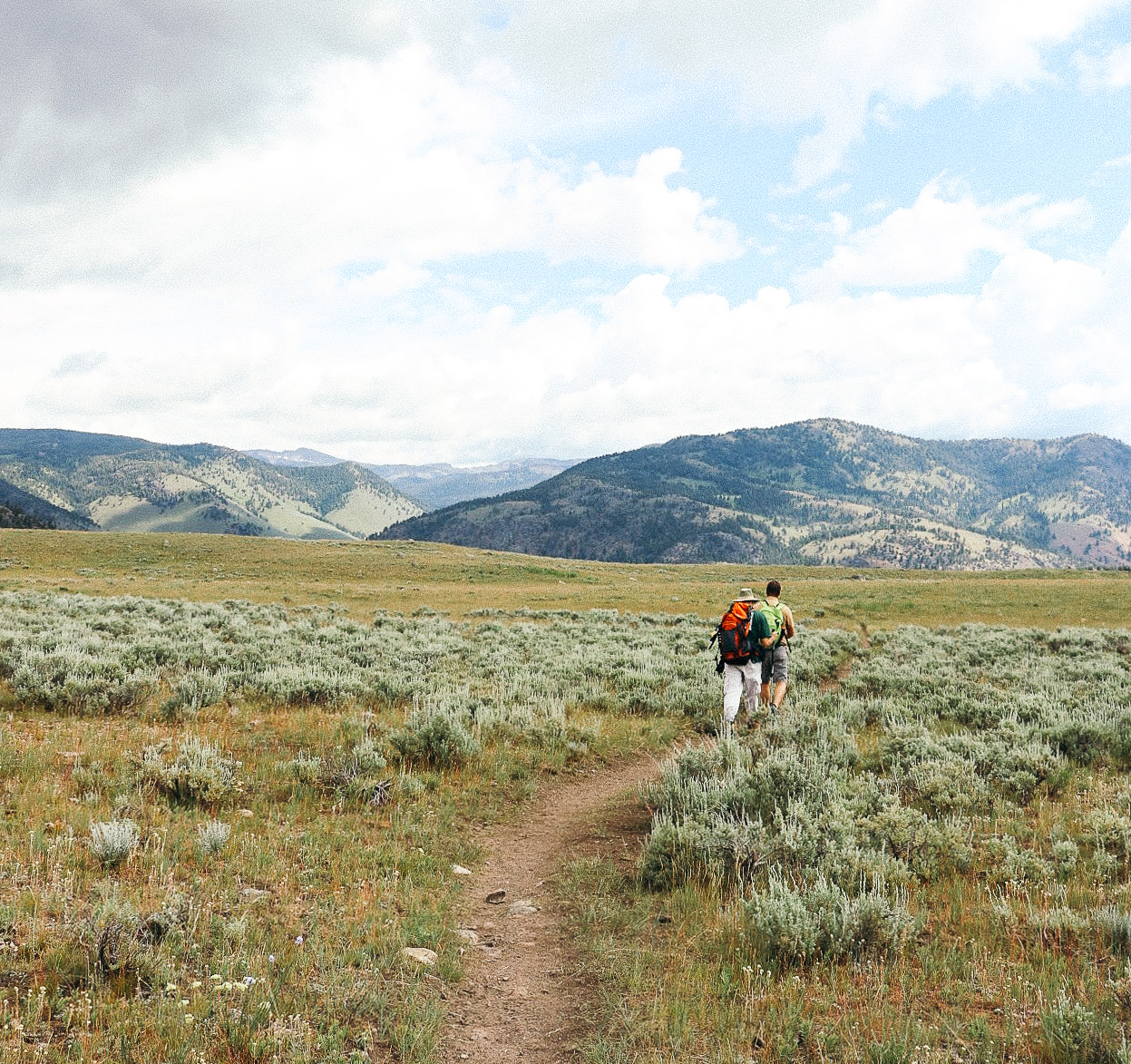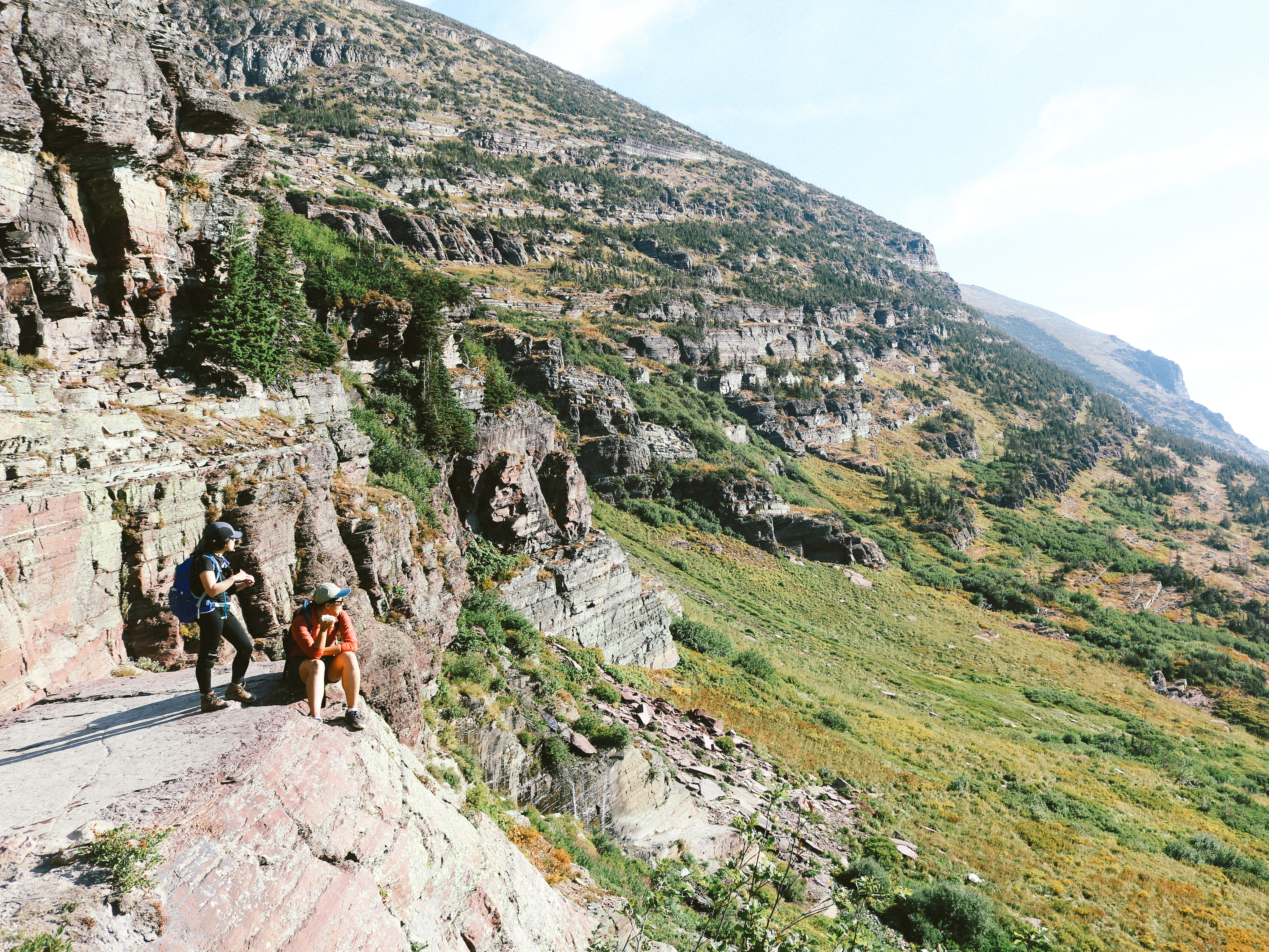The Unequal Access To Getting Outside
According to the 2017 Outdoor Participation Report, people of color (POC) make up 27% of outdoor participants (the other 73% is white)*. Why is that?
- Great, functional outdoor gear is expensive. Sturdy boots, a backpack, a sleeping bag, and a tent can set an individual back, at a minimum, $500 –– bare necessities for a fun and safe time in the outdoors. Factor in the cost of transportation, fees, permits, and food, not everyone can afford to opt outside.
- Insufficient time, opportunity, and money. In the 2017 Outdoor Participation Report, POC indicated being ‘too busy with family responsibilities’ as one of the top three reasons for low priority*. The report concludes participants who made over $100,000 engaged in more outdoor activities, and POC tends to be paid much lower than their white counterparts (Money CNN).
- Lack of interest. Families who’ve worked hard, laborious jobs to afford a better quality of life prefer to vacation in nice hotels and at pretty resorts; not dirt floors with no showers. Cain, a first generation American says, “The idea of roughing it in a tent, however, can feel to some people like going backward.” (New York Times).
- It’s scary if you have never done it before. Alone in the woods, among animals, and full of discomfort and the unknown; sounds like the beginning of a horror story. It makes sense that those with little experience and exposure want to be with someone who knows the ropes, but it isn’t always easy to find someone to explore with.
- The absence of communication. There is a gap between POC and the natural places they visit. National parks, public parks, state parks, and forests all lack diverse resources to help those who speak a different language navigate a new environment. Additionally, most pamphlets, maps, road signs, and ranger program are written in English only.
TC: As hikers, we are exposed to a new trail through word of mouth, speaking to rangers, or learning from other experienced hikers. But those who don’t speak or read English do not have the option to ask. - Little sense of belonging or community. Josè Gonzalez, the founder of Latinos Outdoors, says “the largest barrier is feeling welcome in some of these places” (Snews).
TC: For the most part, the outdoors community has been kind to us, but we’ve experienced moments of unwelcoming looks or been pressed to know where our family is from after we say we’re from LA –– assuming we’re not from America and completely making us aware of our differences. - Lack of representation. It’s rare to find a hiker, climber, adventurist, and conservationist in an outdoors catalog or media outlet who is not a white male. When POC cannot identify with a mentor who looks like us, shares our background, culture, or story we don’t see a space for “us.”
- Experiences of racial prejudice in a white-dominated activity. In one case, while camping, an African-American family was terrorized with racial taunting by a drunk Caucasian camper (Los Angeles Times). In another, while in Lone Pine, Jenna Yokoyama, creator of Hikers of Color, had someone obnoxiously yell “ni hao ma.” (Note: She is a fourth generation Japanese descent, not Chinese).


So What Can We Do?
Recognize representation. When we see POC represented in the outdoors community, we feel like we are a part of their story. There is a sense of belonging, “If they can do it, we can do too.” REI shares an inspiring story and provides a platform here.
Bring awareness to the problem. Start a conversation and discuss why this matters. Support Ambreen from @brownpeoplecamping, join Jenna’s Facebook group, Hikers of Color, –– or create a space of your own. Change can also happen at home; support organizations in diverse communities that advocate for the implementation of green space and outdoor activities.
Join POC hiking groups. Some great communities include Outdoor Meetups, Outdoor Afro, Hikers of Color, and Sierra Club Local Outings where you can hike safely and with motivation.
TC: we were only able to find these few, which is another problem in terms of lack of diversity groups. If you know of any, please comment below.
Seek opportunities to learn outdoor skills. REI offers free or affordable classes available for members who want to learn how to hike, backpack, climb, ski, camp or mountaineer safely. See more here.
Get involved in outdoor recreational groups. Organizations like REI, AMC, Hiking and Backpacking Club, and your local universities host outdoor events or demonstrate classes for a lower cost.
TC: Many groups are specific to a local city, and we did not list those here. Do a little google search of your own to find the perfect fit for you.
Know Where to Rent (or Buy) Affordable Gear. If you are an REI member, you can receive discounts on rental gear and attend their quarterly garage sale –– an event where returned gear is discounted over 50% off. There are also websites that offer affordable gear to buy or rent.
- To buy: Steep and Cheap, Gear Trade, Sierra Trading Post, PlanetGear, The Clymb, Alps Mountaineering, and EMS
- To rent: Outdoors Geek, Mountain Side Rental, Gear To Go, and Lower Gear
Plan a trip outside. Inspire your friends to tag along on your grand adventures. All it takes is a trusted companion.
Apply to Outdoor Jobs. We encourage POC to apply for outdoor jobs so that they can become a familiar face for other POC participants. It’s also important to (1) encourage outdoor organizations and businesses to recognize the need for POC and (2) apply to outdoor jobs to create an opportunity for them to hire. Great websites for outdoor jobs are NPS, Backdoor Jobs, Aeoe, and The Outbound.
TC: Working for the outdoor community can also get you discounts on gear!

Being outside does not mean you have to pack up a vehicle and drive for hours in order to hike or camp. Heading to a local park, river, beach, community trail, or sitting on your front lawn will provide a different, but fulfilling experience too. Choosing to live more sustainability is a collective movement, and when more people are exposed to the beauty of nature, we hope we can all begin to value its natural spaces. Then further learn, preserve, and protect it for many years to come.
Cheers,
Jennifer and Vivian
——-
*This article was modified on September 29, 2017, with updated stats from the 2017 Outdoor Participation Report.
Update: February 07, 2019- According to the 2018 Outdoor Participation Report, “Outdoor participation among Hispanics has increased by an average of 1.0% over the past five years and among Asians by 0.9%. Participation among black and white populations has declined by an average of 0.4%.”

Nice write up. I can easy spend hours and hours talking about this topic. But I think the quickest way to express my thoughts is to lead people to a recent interview I gave. The link is here: http://www.annettebaypimentel.com/kids-nature-public-parks-interview-jack-shu/ There have been research documents done on this topic going back 20-30 years, that may be helpful. It may also be to good to know that even within each major group, Asian, Black, Hispanic etc., or within ethnic group such as Chinese or Chinese Americans, there are many differences.
LikeLiked by 1 person
Hey Jack! Thanks for providing the link to your interview. Your answers were great and informative, especially coming from someone who has been a Park Superintendent. We’re glad you’re bringing attention to this topic and Sing Peak in Yosemite. We weren’t aware of the amazing story of Tie Sing. We would love to participate in the Sing Peak Pilgrimage one day. Please send us an email at tinycaravan@gmail.com about the details! Keep up the great work 🙂
LikeLike
Thanks for this blog and exchange of information across thousands of miles on this topic. I’ll keep tinycarvan on my notification list with regards to next year’s Pilgrimage which is tentatively schedule for the last weekend in July 2018. Walks and talks begin on Friday the 27 and go through the 29th. The backpacking and climb to Sing Peak will likely happen July 30 to Aug. 1. Mark your calendars and look for more information on the program early next year.
LikeLiked by 1 person
The article was well reached better then a lot I have read but it was some-what deja vu to me. I heard those argument for the decline of POC from the outdoors since the 70s. to much focus on National and State parks for data and not local access by locals and that is were the numbers for POC climb. Outdoor participation by POC has never been as high as it is today especially among AA.
LikeLike
Hi Gregory, thank you for your message. Most of the statistics linked in this article were taken from the 2017 Outdoor Participation Report which pulled information from national, state, and local leveled parks. Specifically, the Outdoor Foundation studied participation percentages in over 42 outdoor recreation activities in the U.S., not just camping and/or hiking activities. We agree that although the percentages of POC participants in the outdoors has increased over the years, POC are still significantly underrepresented when compared to the overall percentage. You mentioned you have heard of these arguments since the 70’s, and when we look at statistics from that time to the present time, there is still a wide gap. To us that means change is happening, but it is not happening fast enough. So yes, even though the numbers are rising, that doesn’t mean the issue no longer exists. We wrote the article to bring awareness to the ongoing issue and to continue to encourage more POC to join the outdoors movement. Thank you again for providing your thoughts on this topic. Truly appreciated.
LikeLike
Pingback: An Outdoor Lover’s Dream Job: Vivian’s Time as a Park Ranger | tinycaravan
Pingback: Where To Buy Affordable Outdoor Clothing & Gear | tinycaravan
Pingback: Is hiking selfish? – Nobody Hikes in LA
Pingback: Is hiking selfish? – Hike Mike
Pingback: BLACK LIVES MATTER - Puget Sound Estuarium